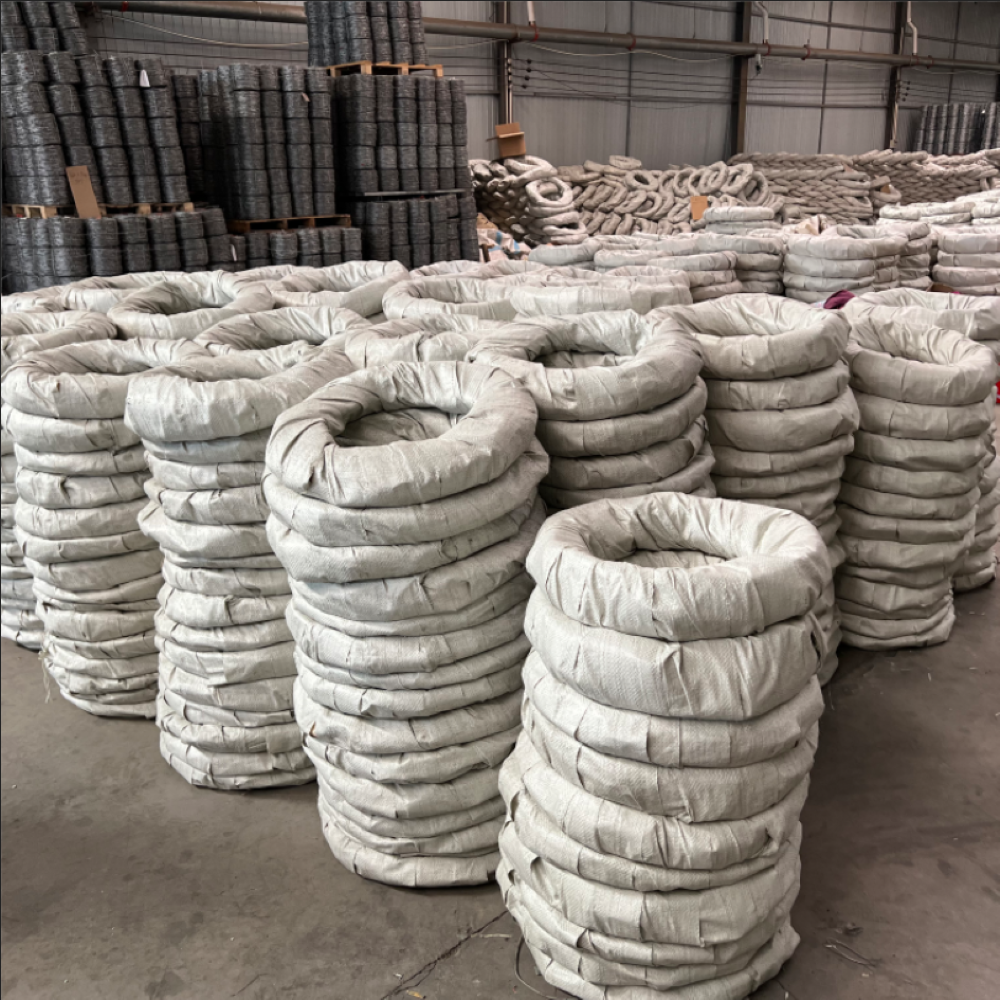types of iron mesh
Types of Iron Mesh An Overview
Iron mesh is a versatile and widely used material in various industries due to its strength, durability, and numerous applications. From construction to arts and crafts, iron mesh serves practical purposes while offering benefits like security, aesthetics, and functionality. In this article, we will explore the different types of iron mesh, their characteristics, and their applications.
1. Welded Wire Mesh
Welded wire mesh is one of the most common types of iron mesh. It is constructed by welding together wires at intersections, creating a grid-like pattern. This type of mesh is extremely strong and provides excellent structural integrity, making it ideal for reinforcement in concrete structures. Welded wire mesh is often used in flooring, walls, and ceilings to enhance strength and stability. Its uniform design allows for even distribution of weight, making it a preferred choice in construction projects.
2
. Expanded Metal MeshExpanded metal mesh is made by cutting and stretching a solid sheet of metal, resulting in a network of raised diamonds or hexagonal shapes. This type of iron mesh is known for its lightweight and strength, which makes it highly suitable for various applications. Due to its open design, expanded metal mesh is commonly used for fencing, grates, and safety barriers. It also allows for ventilation and visibility, making it ideal for use in areas that require both safety and aesthetics, such as in architecture and landscape design.
3. Chain Link Fencing
Chain link fencing is another popular type of iron mesh. This form of fencing is created by intertwining galvanized or coated steel wires in a diamond pattern. Chain link fences are known for their durability, low maintenance, and high visibility, making them a common choice for security in residential, commercial, and industrial settings. They provide an effective barrier while allowing for visibility and air flow, making them ideal for enclosing yards, parks, and construction sites.
types of iron mesh

4. Hexagonal Wire Mesh
Hexagonal wire mesh, also known as chicken wire, features a hexagonal pattern formed by welding wire intersections. This type of iron mesh is primarily used in agricultural applications, such as fencing to contain poultry and other small animals. It is also employed in landscaping projects for erosion control and to protect plants from rodents. Hexagonal wire mesh is lightweight and easy to install, making it a cost-effective solution for many outdoor applications.
5. Perforated Metal Sheets
Perforated metal sheets are created by punching holes into metal sheets. While not exclusively made from iron, they often contain iron or steel components. These sheets are highly versatile and can be customized in terms of hole size, pattern, and thickness, making them suitable for a wide range of applications. Perforated sheets are commonly used in architectural projects for facades, screens, and decorative elements. They are also utilized in industrial settings for filtration, exhaust systems, and soundproofing applications.
6. Decorative Mesh
Decorative iron mesh combines functionality with design. Often used in architectural settings, this type of mesh enhances the aesthetic appeal of buildings and structures while serving practical purposes such as security and privacy. Decorative mesh can be used in railings, window coverings, and partitions. It is available in various designs, patterns, and finishes, making it suitable for both modern and traditional architectural styles.
Conclusion
The variety of iron mesh types available today demonstrates the material's adaptability and usefulness across industries. Whether utilized in construction, security, agriculture, or decorative applications, iron mesh provides essential benefits like strength, flexibility, and aesthetic appeal. By understanding the different types of iron mesh and their applications, one can make informed decisions that cater to specific project needs, ensuring efficiency, effectiveness, and durability in various settings. With continued innovations and advancements in iron mesh technology, its uses are likely to expand, offering even more possibilities for creative and practical applications.
-
Space-Saving Chain Fence Hacks Vertical Gardening with Cyclone MeshNewsJul.16,2025
-
Innovations in Iron Nail Wire Production for Modern ConstructionNewsJul.16,2025
-
Creative Uses of Wire Netting Fence in Modern Landscape DesignNewsJul.16,2025
-
Barbed Wire Fence Innovations in Anti-Climb TechnologyNewsJul.16,2025
-
Architectural Uses of Umbrella Nails for Aesthetic Roof DesignsNewsJul.16,2025
-
Architectural Uses of Razor Barbed Wire in Secure Urban DesignNewsJul.16,2025




